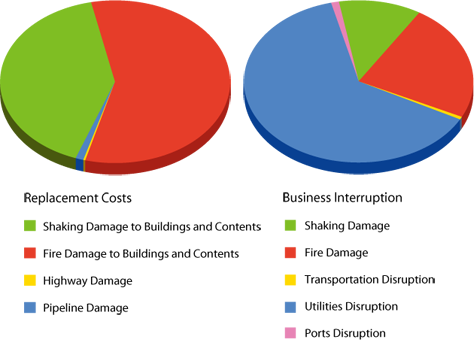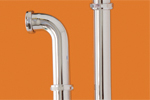
To bounce back quickly from a disaster, communities need to become resilient. Community resilience depends on how many individuals, businesses, schools, agencies, and organizations are prepared. It is a lot like voting, where personal decisions and actions can affect everyone: an individual learns about the issues (learns about the earthquake impacts and mitigation strategies), decides how to vote (decides which mitigation efforts will best protect loved ones and financial security), then casts a ballot (takes action to increase preparedness). If enough people vote the same way (get prepared), they will have a winning platform (they will have a resilient community)!
The ShakeOut Scenario evaluated all aspects of the major earthquake described on the previous page to estimate damages to buildings and infrastructure. From these estimates all other aspects of the study emerged, including emergency response in the critical first week after the earthquake, casualties, mental health and sheltering needs, and the impacts on different sectors of the region’s diverse economy.
The study estimates that should it occur, this earthquake will cause some 1,800 deaths and 53,000 injuries. Yet this terrible tragedy could be considerably worse. By comparison, the similarly sized, 2008 Sichuan, China earthquake may have caused 100,000 fatalities.
The ShakeOut Scenario‘s casualty numbers are a testament to decades of life safety improvements in California’s building codes, which have evolved as understanding has grown regarding building performance in earthquakes. The intent of the building codes is to protect people during an earthquake, not
to keep buildings functional after the quake. Nor do the building codes fix existing buildings that are now
recognized to do poorly in earthquakes — it takes retrofitting to do that. Thousands of older buildings will collapse in the ShakeOut earthquake, and another 45,000 will be complete economic losses.
Earthquakes start fires in numerous ways, and earthquake damages to phones, roads, and buildings enable fires to spread before help can arrive. In areas where there is strong shaking to start fires, and tightly spaced wood buildings that allow fire to spread, the fires will grow into conflagrations, burning tens to hundreds of blocks. Fires account for half of the ShakeOut Scenario casualty and loss estimates.

MYTH: “BEACHFRONT PROPERTY IN ARIZONA”
The idea of California falling into the ocean has had an enduring appeal to those envious of life in the Golden State. Of course, the ocean is not a great hole into which California can fall, but it is itself land at a somewhat lower elevation with water above it. The motion of plates will not make California sink — western California is moving horizontally along the San Andreas fault and up around the Transverse ranges.
This earthquake’s economic losses total $213 billion, due to shaking damage and several other factors. Because fire damage is so complete, the fires have the worst impact on the costs of replacing buildings and contents. However, disruption of utilities is the main reason that it will take a long time for business to get back to normal.
One important result of the ShakeOut Scenario study is that the key to recovery lies with infrastructure: the essential facilities like roads, hospitals and dams; and the lifelines that supply water, power, gas, and communication. The more damage there is to infrastructure, the slower the recovery.

The ShakeOut earthquake will cause many shocks to southern California’s regional economy. Understanding and comparing the impact of these shocks is important to recovery planning. When considering the cost of replacing lost buildings, building contents, and infrastructure, fire creates the biggest shock to the economic system, bigger than shaking, fault rupture, landslides, and liquefaction combined. This makes sense, because fire can destroy so completely. However, when considering the length of time that normal business will be interrupted, disruption of utility service creates the biggest shock. This makes sense, because few businesses can function without water or power.
Lifelines and Facilities — The Key to Recovery
 |
Power will go out immediately, everywhere, and restoration times vary. In the most heavily damaged areas, electricity will remain out for weeks or longer. Some residences will suffer broken gas lines when their houses slip from unbolted foundations. |
 |
Water will stop flowing in many taps for weeks or months. In many communities, strong ground shaking will break old, brittle water pipes and connectors, and there will be so many breaks that it will prove cheaper and faster to replace the entire conveyance system, rather than hunt and repair every break. The process will be neither cheap nor fast, and communities will compete for repair priority. |
 |
Many wastewater pipes are also old and brittle, and run alongside water pipes under the streets. Broken sewer pipes will contaminate broken water pipes, and in some places, tap water will be unsafe to drink for as long as a year. |
 |
Telecommunications will be out for at least a day, because of some damage and much overuse. Phone systems will be oversaturated because millions are trying to make calls at once. How cell phone towers are affixed to buildings is not regulated, so towers will be damaged by shaking. Two thirds of the region’s internet lines will be ruptured by the fault. |
 |
Transportation by road and rail will be disrupted by fault rupture and landslides, and take months to repair. Retrofitting of state highway bridges prevents their collapse, but not those under most local jurisdictions. For months, getting around the southland will take longer, and travel time delays add more than $4 billion to economic losses. |
 |
Hospitals in the hardest hit counties of Riverside, San Bernardino, and Los Angeles will be operating at reduced functionality. At a time when thousands of disaster victims need hospital care, some hospital buildings will be closed by structural damage; many others will be unusable because of non-structural damage such as broken water pipes and unsecured equipment. |
 |
Public schools— grades K-12 and community colleges — are protected by the Field Act, legislation that sets special construction and inspection standards. Structurally, public schools will hold up well, although non-structural and contents damage will pose problems. Private schools and universities are not protected by the Field Act and some will suffer both structural and non-structural damage. |
 |
The Ports of Los Angeles and Long Beach are important contributors to the region’s economy. They will not suffer much damage from this far-away earthquake, but their flow of goods will be disrupted for months, as many principal train routes and truck routes are damaged by fault rupture. |




